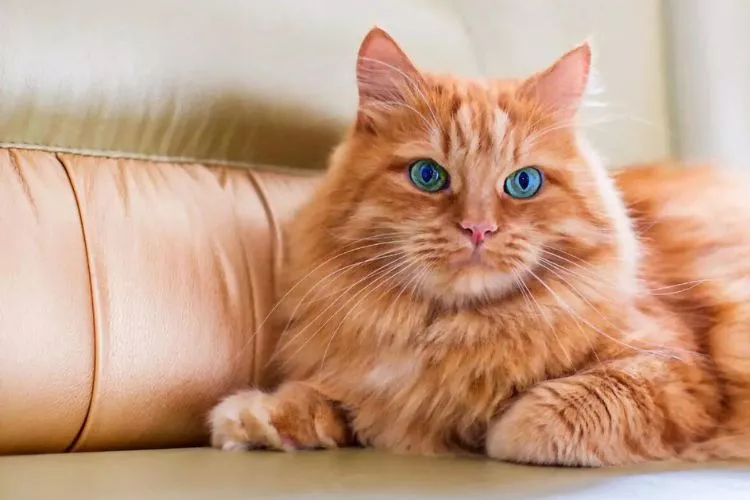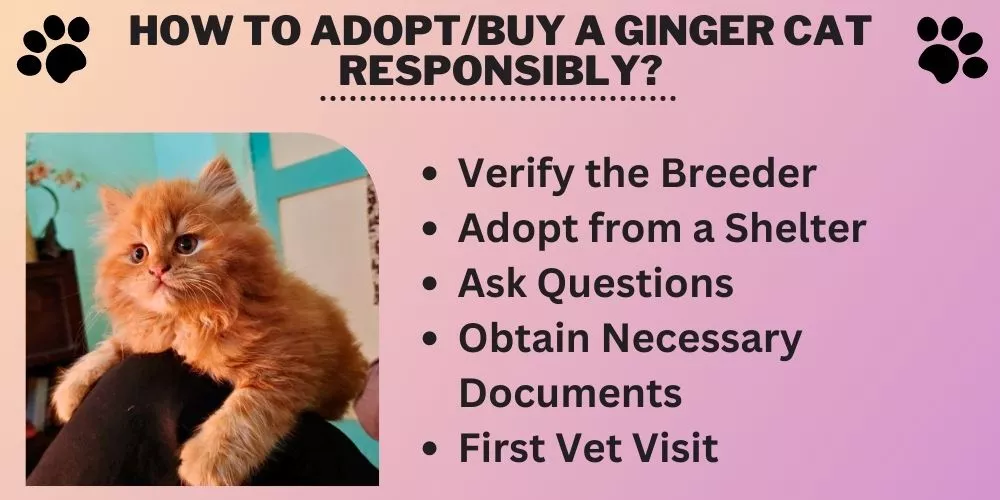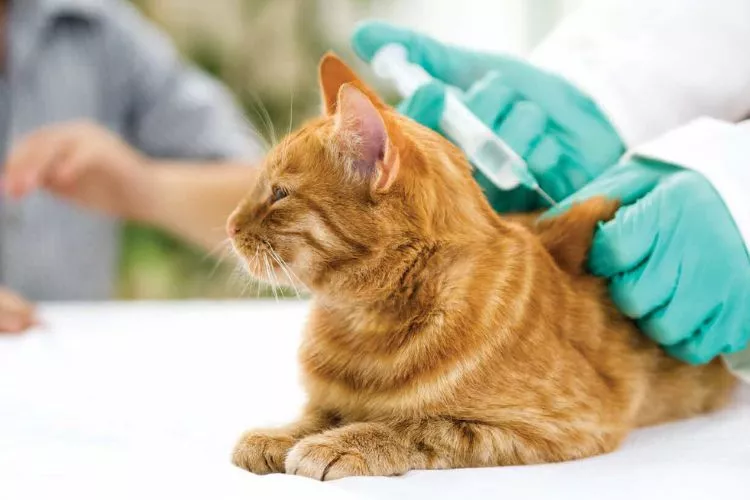Originating from the domestic shorthairs in Great Britain, ginger, or “orange tabby” cats have consistently charmed people with their vibrant color and spirited personalities.
In this article, we thoroughly examine how much do ginger cats cost and what contributes to their pricing.
Ginger cats, known as marmalade or orange, possess unique reddish or orange coats with distinctive tabby patterns.

Their striking appearances and typically friendly and pleasant personalities make them a popular choice for potential cat owners.
🐾 How much do ginger cats cost?
The cost of a ginger cat can significantly vary based on several factors. Adopting a ginger cat from a shelter may cost around $50 to $150, covering initial veterinary costs, including vaccinations and neutering/spaying.
If you’re obtaining a purebred ginger cat from a reputable breeder, the cost can increase dramatically, ranging from $500 to over $1000 depending on the pedigree and lineage.
It’s essential to note that these prices are only initial purchasing costs, and potential cat owners should also consider ongoing costs such as food, litter, regular vet check-ups, and potential healthcare costs.
Factors like the cat’s age, health status, and location can further influence the cost. Hence, owning a ginger cat could entail a significant financial commitment over the cat’s lifespan, besides the initial purchasing price.
🐾 Factors that Influence the Price of Ginger Cats
Several factors contribute to the price of ginger cats:
- Breed: Many different breeds can exhibit the ginger coloration, including Bengals, Maine Coons, and Persian cats. The breed can greatly influence the cost as purebred cats, particularly from unique or prized breeds, often command higher prices. These cats sometimes have breed-specific temperaments or attributes that make them desirable to potential owners.
- Age: Age is another significant determinant of cost. Generally, kittens are more expensive than matured adult cats due to higher demand. People often prefer young kittens for their cuteness, potential for longer companionship, and malleability in behavior.
- Pedigree and Lineage: A ginger cat with a documentable pedigree, particularly those from a line of award-winning ancestors or exclusive breeding lines, can command a higher price tag. It’s due to their rarities, potential for breeding, and certain guarantees about their appearance and behavior.
- Health: The health of the cat significantly affects its price. A healthy cat, with no underlying genetic disorders or health conditions, is usually more expensive. These cats require less immediate veterinary attention and have a lower likelihood of high medical costs.
- Location: Depending on the area, prices for ginger cats can vary significantly. For instance, prices tend to be higher in urban areas where demand for pets is high but space restrictions limit breeding. Conversely, prices may be comparatively lower in rural areas with ample breeding space and lower demand.
- Adoption vs. Buying from a Breeder: Adopting a cat from a shelter or rescue organization will be less expensive than purchasing from a breeder. While adoption costs are generally low, they typically cover spay/neuter operations, microchipping, and initial vaccinations, ensuring the cat is ready to be rehomed. On the other hand, breeders, particularly those with a strong reputation, often charge higher prices to compensate for the time, energy, and resources invested in responsible breeding practices.
🐾 How to Adopt/Buy a Ginger Cat Responsibly?
The process of adopting or buying a ginger cat is a significant responsibility. Here are critical steps to ensure you adopt or buy a ginger cat responsibly:

Verify the Breeder
One of the first steps when buying a cat is verifying the credibility of the breeder. A reputable breeder often prioritizes the health and welfare of their cats before profit. You can check their credibility by:
- Asking about their experience and qualifications
- Requesting for a breeder registration or license
- Seeking access to the parental cats
- Requesting to see the environment where the cats are bred and housed
Adopt from a Shelter
Adoption comes with several benefits. Adopting from a shelter gives a home to a cat in need. Shelters often have lower costs and include initial veterinary procedures such as vaccinations and neutering/spaying in the adoption fee.
Ask Questions
Be prepared to ask a host of questions about the cat’s history, health, and behavior. Some pertinent questions include:
- What’s their medical history?
- Have they been socialized with other pets or humans?
- What’s their eating habit?
- What kind of temperament do they have?
Obtain Necessary Documents
When you decide to take a cat home, obtain all necessary paperwork. This could include:
- Health records, showing the cat’s vaccination and medical history
- Proof of pedigree, if applicable, which gives you information about the cat’s lineage
- Adoption or purchase agreement, where terms and conditions may be highlighted
First Vet Visit
Once you bring your cat home, scheduling a vet visit promptly is crucial. The vet will perform a general health check, offer advice on feeding and care, and schedule future vaccinations if necessary.
It’s an opportunity to discuss any behavior you’ve observed, ask questions, and ensure your new pet is healthy.

Remember, adopting or purchasing a cat is a long-term commitment; it’s important to take the necessary steps to ensure the wellbeing of your potential pet.
🐾 frequently asked question (FAQs)
The color of a cat doesn’t generally substantially impact its price. Rather than color, the breed, age, pedigree, and health conditions mainly determine a cat’s price. So, while ginger cats might be more popular due to their striking hue and typically friendly disposition, they are not necessarily more expensive than cats of other colors.
Female ginger cats aren’t inherently more valuable in terms of monetary worth compared to their male counterparts or cats of different colors. However, female ginger cats are less common (only about 20% of ginger cats are female), which may attribute to their perceived value among aficionados. Again, the driving factors for a cat’s price are breed, age, health, and pedigree rather than gender or color.
The rarest cat color is generally believed to be “chocolate” or “cinnamon.” These colors are primarily found in specific breeds, such as the Havana Brown or Oriental Shorthair. Cinnamon is rarer and mainly found in particular breeds under specific breeding conditions. Another seriously rare color is “lilac” or “lavender,” seen in a narrow selection of pedigree cat breeds, such as the Devon Rex or British Shorthair.
Conclusion :
The cost of owning a ginger cat is determined by an array of factors, such as breed, age, health status, pedigree, and whether you choose to adopt or purchase from a breeder.
While adoptive costs could range from $50 to $150, purchasing from a breeder might cost between $500 and $1000 or more.
However, these are only initial costs, and future expenses concerning health care, food, and other needs should be considered.
Regardless of the cost, it’s crucial to ensure responsible ownership through adopting or buying from reputable sources and committing to the long-term care of your cat.
